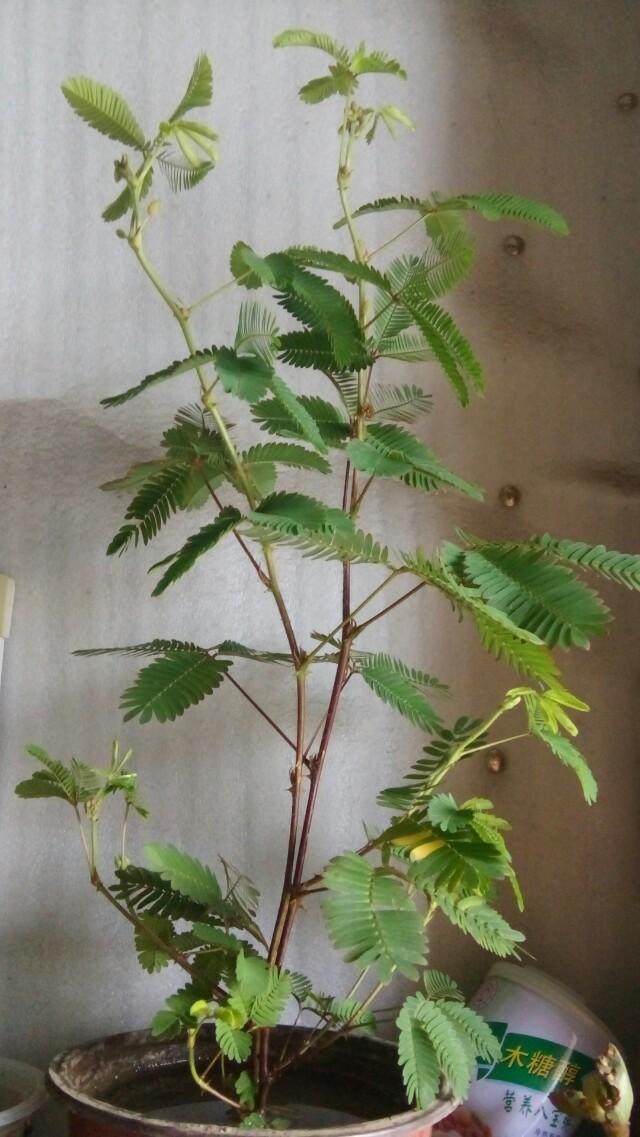Thanks for the invitation!
No matter which planting material is chosen and how it is prepared, it must meet the basic requirements of the plants, and all aspects must be considered and handled flexibly.
① Prepare according to the cultivation site: For example, the soil for ground planting and potted planting is different. For ground planting, more consideration should be given to drainage, and materials with strong drainage, such as gravel, should be added. For potted plants, organic matter should be appropriately added while ensuring looseness and air permeability. If it is planted on a south balcony, it is also necessary to consider the characteristics of being relatively dry and well-lit, and some substrates with strong water retention, such as vermiculite, coconut bran, etc., should be appropriately added.
② Prepare according to different species: Different species may have "very different" soil preparations. For example, epiphytic species require a certain amount of humus, while some terrestrial species with poor soil and underdeveloped root systems in their native places do not have as high requirements for humus as the former. Not only do species of different families require different soils, but even species of different genera in the same family have different soil requirements. Take the aloe and gentian of the lily family as examples. The former belongs to the genus Aloe, has a strong habit and grows fast, and sufficient basal fertilizer can be added to the bottom of the pot. The latter is a plant of the genus Aloe, which grows slowly and basically does not require basal fertilizer.
③ Prepare according to different cultivation areas: The climate in the north is dry, so there are certain requirements for the soil's ability to retain moisture; the south has abundant rainfall and high air humidity, so there are higher requirements for soil drainage and air permeability.
④ Prepare according to different growth stages: The root system is not well developed in the seedling stage, the organic matter content should be slightly less, the soil should be mainly composed of light materials combined with some fine sand, and the organic matter content can be gradually increased later.
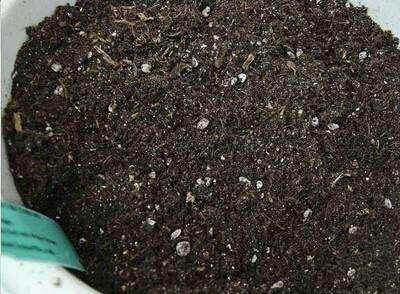 In fact, soil preparation cannot be explained by a few simple principles. The following formulas can be used for reference:
In fact, soil preparation cannot be explained by a few simple principles. The following formulas can be used for reference:
1) 8 parts of planting stone + 2 parts of fairy soil + a little shell powder (suitable for growing lithops).
2) 10 parts of coarse sand + 2 parts of sawdust + 1 part of base fertilizer + 1 part of garden soil (suitable for ground planting).
3) 1 part leaf mold + 1 part peat + 2 parts coarse sand + 1 part lightweight material + a little base fertilizer (suitable for growing epiphytes).
4) 3 parts of pond base stone + 2 parts of fairy soil + 1 part of lightweight material + 1 part of peat (suitable for cultivating Haworthia sclerophylla varieties).
5) 2 parts of garden soil + 1 part of leaf mold + 4 parts of coarse sand + 1 part of lightweight material + half part of rice husk ash (suitable for cultivating common terrestrial plants).
For sedum soil, I think the proportion of peat soil or peat soil can be slightly larger, with humus, river sand, perlite, vermiculite, etc., and in order to facilitate rooting and healthy growth, add appropriate amount of rice husk charcoal, bone meal, sterilization spirit, etc. to the soil; watering should be determined according to the weather and plant growth conditions, and water when dry and wet. Pay special attention to those that grow well and manage them. Most of those that grow poorly are actually in dormancy, so it is better to manage them less.
Soil preparation: sieve honeycomb coal slag + garden soil + fairy soil + sand + bone meal + shell powder + eggshell + ceramsite + blue stone + activated carbon, sieve out dust and plant. Maintain under full light, water when dry and wet. Add decomposed chicken manure to the bottom of the pot. The pot should be small, and the soil should be less and loose. Water again after the soil is completely dry for a few days, and expose to the sun more. Water less in midsummer, most succulent plants of the Crassulaceae family will be dormant or semi-dormant in summer.
For strong-thorned balls like golden barrel cactus, ordinary floral mud + coal ash + bone meal can be used. As for watering, once a month is enough.
Balls: ordinary flower mud + coal ash (screened into granules) + vermiculite + appropriate amount of bone meal
Succulent plants with thick fleshy roots (such as Jade Fan): Orchid stone + fairy soil + appropriate amount of bone meal
Other succulents: ordinary flower mud + leaf mold + snake wood + vermiculite + appropriate amount of bone meal
The mixed planting material is placed in a stainless steel container, and rainwater is poured in to moisten the soil. The container is then sealed and heated over a fire for a period of time to ensure that insects, larvae, and eggs are killed, but some vulnerable soil microorganisms will survive, especially those that reproduce by spores.
For more content, please continue to follow the headlines: Huoyanyanyanyanhuo
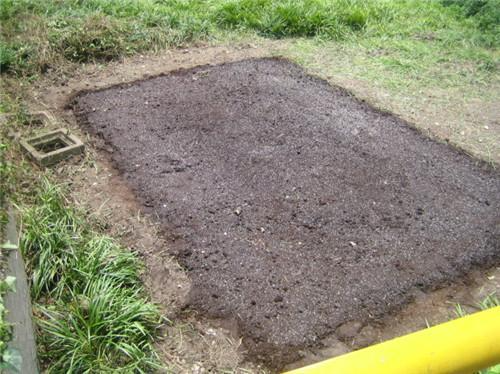 Garden soil can actually be dug up in many farmers' homes, and it is very fertile and is a must-have soil for growing flowers. Depending on the region, their properties are also different. For example, the garden soil in the south is more acidic, and the soil in the north is more alkaline. This depends on what kind of soil the flowers you grow like.
Garden soil can actually be dug up in many farmers' homes, and it is very fertile and is a must-have soil for growing flowers. Depending on the region, their properties are also different. For example, the garden soil in the south is more acidic, and the soil in the north is more alkaline. This depends on what kind of soil the flowers you grow like.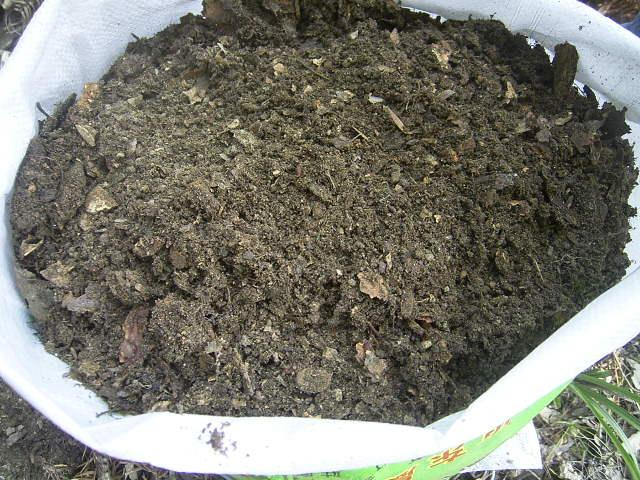 Leaf humus is usually easier to get in autumn. In autumn, the leaves fall and after a period of fermentation, the nutrients are slowly infiltrated into the soil, which is full of fertility. Leaf humus is fertile and is also a kind of soil needed by many flowers.
Leaf humus is usually easier to get in autumn. In autumn, the leaves fall and after a period of fermentation, the nutrients are slowly infiltrated into the soil, which is full of fertility. Leaf humus is fertile and is also a kind of soil needed by many flowers.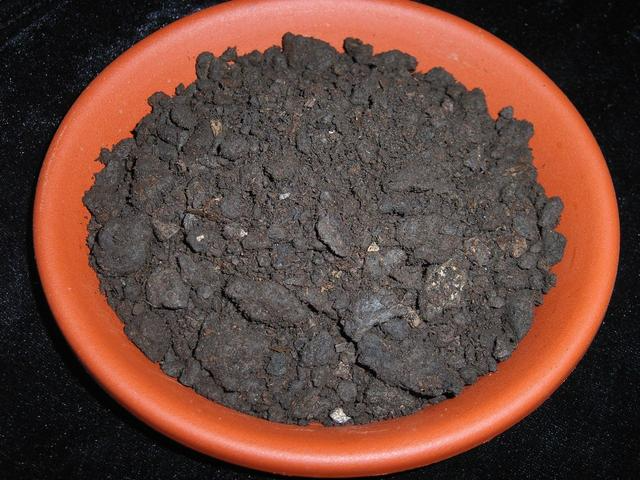 Peat soil has good air permeability and water permeability, which is good news for some flowers and plants that are afraid of water accumulation in the pot. Peat soil also has a good function of storing water. Peat soil is also an acidic soil, so you still need to pay attention to the growth habits of flowers.
Peat soil has good air permeability and water permeability, which is good news for some flowers and plants that are afraid of water accumulation in the pot. Peat soil also has a good function of storing water. Peat soil is also an acidic soil, so you still need to pay attention to the growth habits of flowers. Fire, flame, fire Agronomist Agricultural technology expert 07-31 19:49 focus on
Fire, flame, fire Agronomist Agricultural technology expert 07-31 19:49 focus on Green Rural Station 07-31 07:55 focus on
Green Rural Station 07-31 07:55 focus on I am Lao Yang 8961431507-31 07:38 focus on
I am Lao Yang 8961431507-31 07:38 focus on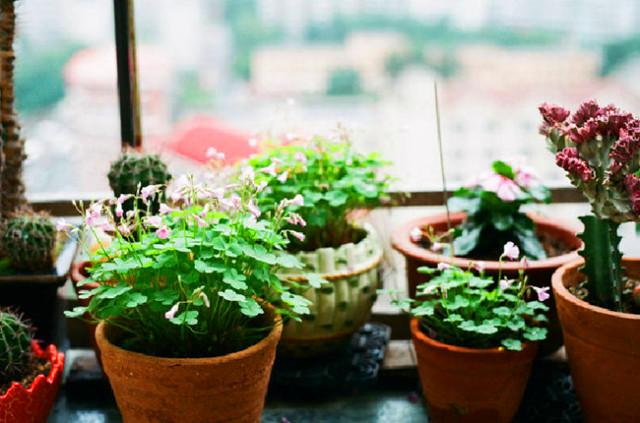 First of all, let me answer the question of the poster. How to prepare breathable and water-permeable flower soil. Among various soils, sandy soil is the most breathable and water-permeable, but it lacks nutrients and cannot be used alone. Various soils can be prepared in proportion. The proportion of sand can be larger, such as sandy soil, garden soil, and leaf mold in a ratio of 2:1:2, or prepared together with other soils.
First of all, let me answer the question of the poster. How to prepare breathable and water-permeable flower soil. Among various soils, sandy soil is the most breathable and water-permeable, but it lacks nutrients and cannot be used alone. Various soils can be prepared in proportion. The proportion of sand can be larger, such as sandy soil, garden soil, and leaf mold in a ratio of 2:1:2, or prepared together with other soils.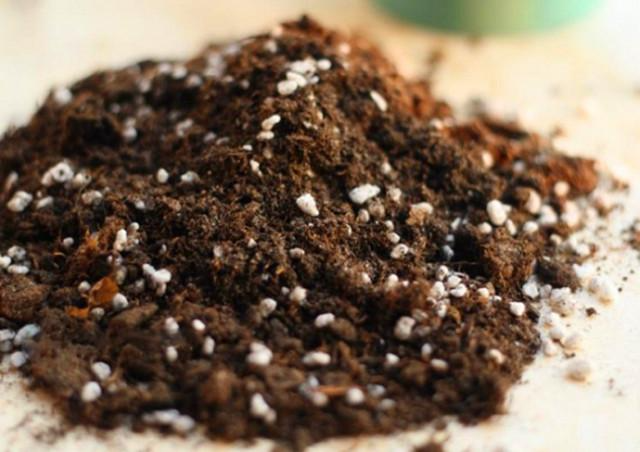 In the process of preparing the soil, in addition to using sand, you can also use substrates with relatively large particles such as volcanic rocks, expanded clay, ash, perlite, and then add leaf mold, peat soil, etc., and prepare soil suitable for the needs of different flowers according to different proportions.
In the process of preparing the soil, in addition to using sand, you can also use substrates with relatively large particles such as volcanic rocks, expanded clay, ash, perlite, and then add leaf mold, peat soil, etc., and prepare soil suitable for the needs of different flowers according to different proportions.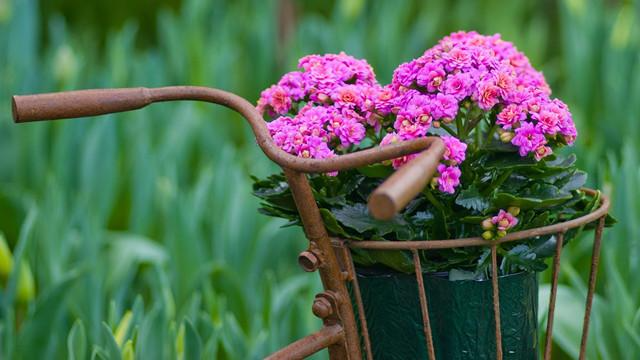 However, not all flowers like the same type of soil. We need to prepare different soils according to different flowers. For example, succulents can be grown completely in sandy soil, cacti can be mixed with sand and garden soil in proportion, camellia, azalea, and gardenia require soil with a larger proportion of leaf mold, and the potting soil must also be slightly acidic.
However, not all flowers like the same type of soil. We need to prepare different soils according to different flowers. For example, succulents can be grown completely in sandy soil, cacti can be mixed with sand and garden soil in proportion, camellia, azalea, and gardenia require soil with a larger proportion of leaf mold, and the potting soil must also be slightly acidic.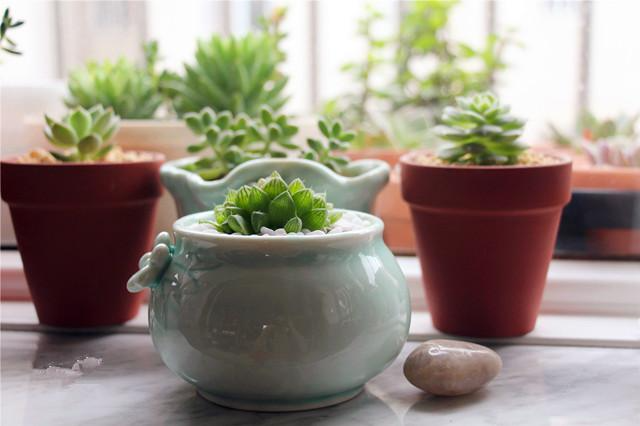 The above are just some experiences and opinions of flower lovers on soil preparation. Different people have different methods of preparing potting soil for flowers. Flower lovers think that no matter what method is used to prepare the potting soil, the most important thing is to grow the flowers well. Therefore, there is no definitive answer to the soil preparation problem. You can try more in your daily life.
The above are just some experiences and opinions of flower lovers on soil preparation. Different people have different methods of preparing potting soil for flowers. Flower lovers think that no matter what method is used to prepare the potting soil, the most important thing is to grow the flowers well. Therefore, there is no definitive answer to the soil preparation problem. You can try more in your daily life. In fact, soil preparation cannot be explained by a few simple principles. The following formulas can be used for reference:
In fact, soil preparation cannot be explained by a few simple principles. The following formulas can be used for reference: 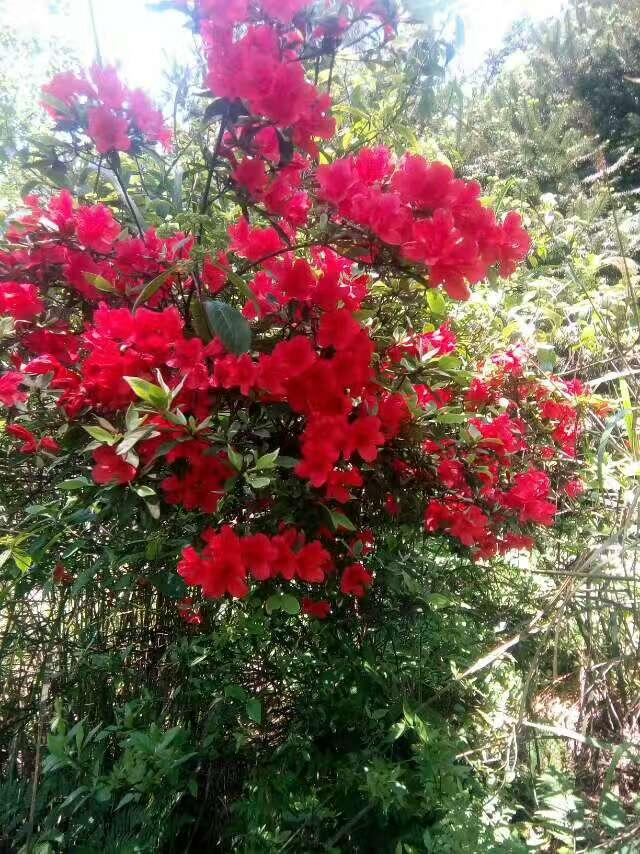 Rural loam and cultivated garden soil have good fertilizer permeability, air permeability and water retention, and are the first choice when humus soil is not available. However, in practical applications, artificial culture soil is the most commonly used. If conditions permit, you can buy special flower culture soil, which is available in flower shops.
Rural loam and cultivated garden soil have good fertilizer permeability, air permeability and water retention, and are the first choice when humus soil is not available. However, in practical applications, artificial culture soil is the most commonly used. If conditions permit, you can buy special flower culture soil, which is available in flower shops. 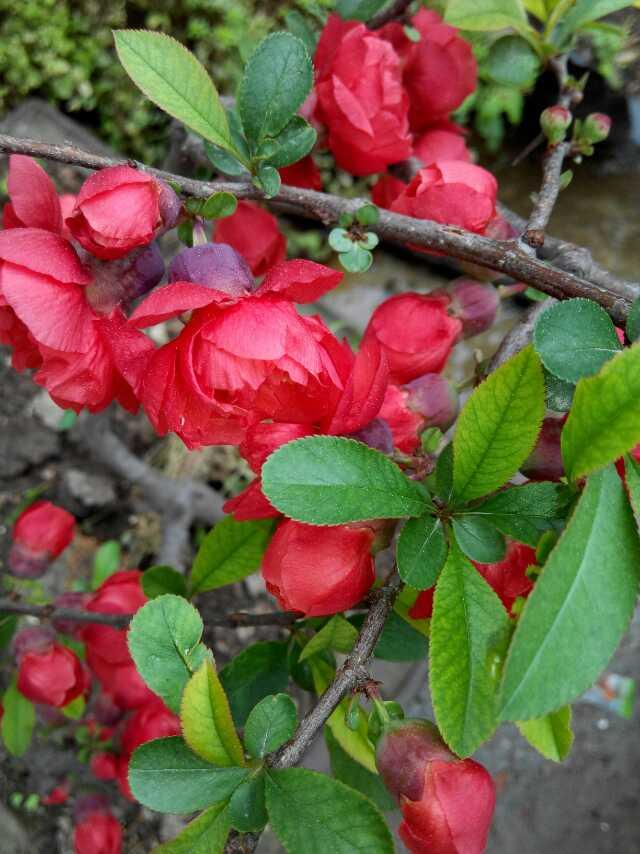 This is how I prepare artificial soil: 4 parts of garden soil, 3 parts of sawdust powder, 2 parts of waste wine lees (if there is no waste wine lees, you can use half charcoal ash and half river sand) and 1 part of oil cake residue. These are evenly mixed together, piled together for fermentation, and covered with plastic cloth for the best. After fermentation for a period of time, it is very good for growing flowers. It does not form a board, is loose and breathable, and has a very good moisturizing effect.
This is how I prepare artificial soil: 4 parts of garden soil, 3 parts of sawdust powder, 2 parts of waste wine lees (if there is no waste wine lees, you can use half charcoal ash and half river sand) and 1 part of oil cake residue. These are evenly mixed together, piled together for fermentation, and covered with plastic cloth for the best. After fermentation for a period of time, it is very good for growing flowers. It does not form a board, is loose and breathable, and has a very good moisturizing effect. 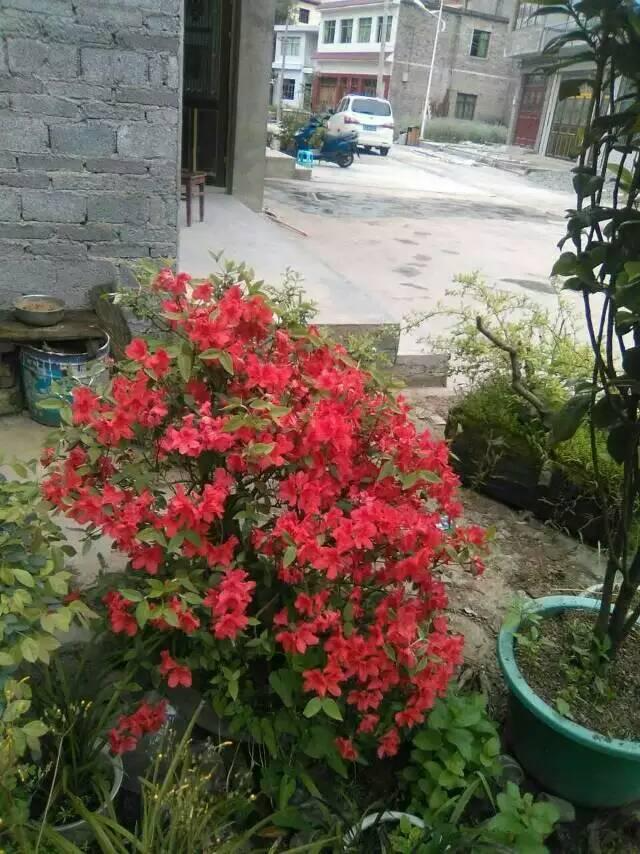 Artificially prepared soil is loose and breathable, with sufficient fertilizer, which is conducive to the growth of flowers and trees. You can prepare it at home in rural areas, and you can buy it in flower shops in cities. You can successfully grow good flowers. However, I would like to remind you that even if the planting material is good, it is equivalent to not doing it without maintenance, and you can't grow good flowers. Sorry, the above is the conclusion I have drawn after long-term experimental results. If there is anything wrong, I hope you can give me advice.
Artificially prepared soil is loose and breathable, with sufficient fertilizer, which is conducive to the growth of flowers and trees. You can prepare it at home in rural areas, and you can buy it in flower shops in cities. You can successfully grow good flowers. However, I would like to remind you that even if the planting material is good, it is equivalent to not doing it without maintenance, and you can't grow good flowers. Sorry, the above is the conclusion I have drawn after long-term experimental results. If there is anything wrong, I hope you can give me advice.
